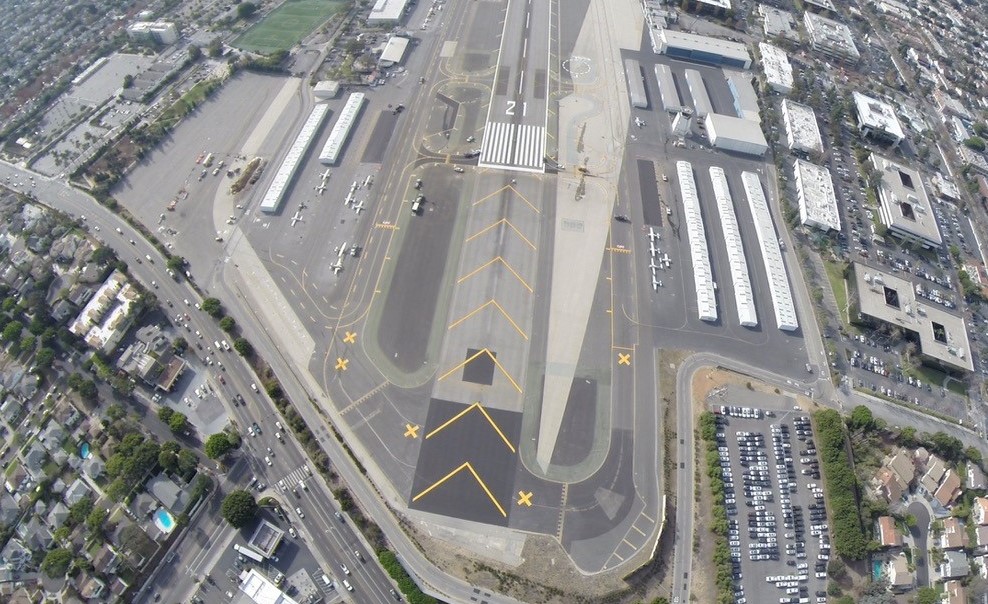
Jan. 25, 2018
The newly shortened runway at California’s Santa Monica Municipal Airport (SMO) brings with it several operational changes and challenges for business aviation. To help operators meet those challenges, NBAA hosted a recorded webinar titled “SMO Operations with the Shortened Runway,” featuring industry experts addressing operational, legal, compliance and advocacy issues at the airport.
The webinar, sponsored by Atlantic Aviation, is now available for viewing. View the webinar.
Runway excursions are the most common type of business aircraft accident. Pilots operating on the shortened SMO runway must be vigilant of this threat, especially when runway surfaces are wet. Aviators also must be cognizant of the other unique operational and noise considerations at the airport.
“As part of the recent construction, SMO has changed the way aircraft enter and exit the runway,” explained Alex Gertsen, NBAA’s director of airports and infrastructure. “Operators must be aware of new taxiway locations and only enter and exit using the newly designated taxiways. Changes to designations for the taxiways are not yet included in the official airport diagram.
“It’s also important to note that, following the changes to the runway, only visual and VOR-A approaches will be available at SMO until the new chart cycle on Feb. 1, when the RNAV approaches will return,” added Gertsen.
Operators should also be aware that new run-up areas named “A5 run-up area” and “B5 run-up area” are now in use. These locations are now movement areas, which requires users to obtain permission from ATC prior to entering.
“All of these topics are addressed in the webinar, and I encourage NBAA members, even those that operate at SMO on a regular basis, to review the program.”
View the FAA advisory on the shortened SMO runway and taxiway configuration. (PDF)
View pilot information on the city of Santa Monica Airport website.


 International Business Aviation Council Ltd.
International Business Aviation Council Ltd.